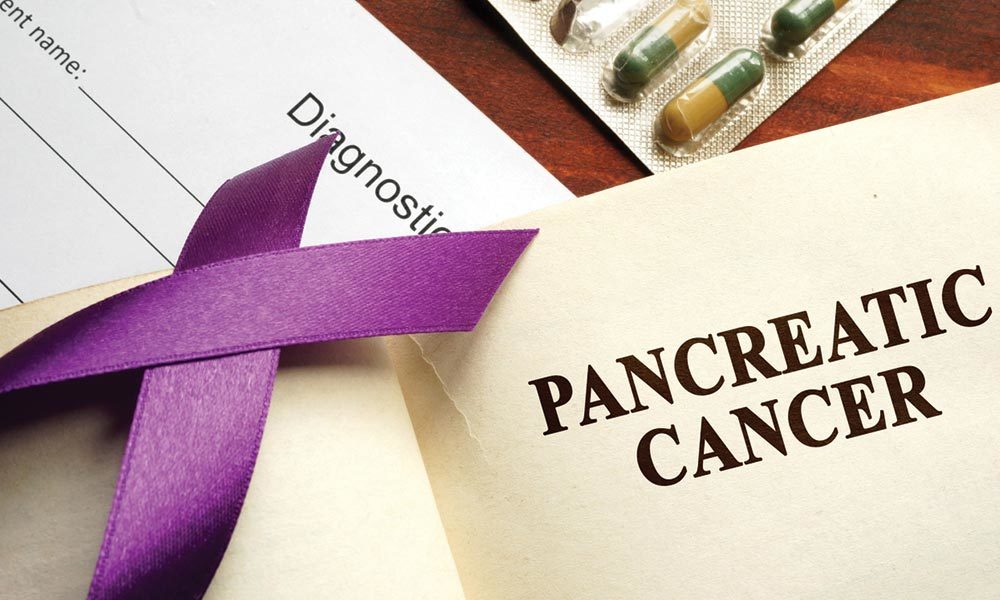
Raising Pancreatic Cancer Awareness
Pancreatic cancer, known more technically as ductal adenocarcinoma of the pancreas, is the third deadliest cancer in the United States as of 2018. The only two cancers more prevalent include colorectal and lung cancer. Annually, approximately 50,000 receive the diagnosis of pancreatic cancer, while around 40,000 lose their battle with the disease each year. The fight against pancreatic cancer is incomplete without proper pancreatic cancer awareness. While those affected by the disease aim to bring attention to it all months of the year, November is dedicated to pancreatic cancer awareness. Read on to learn more about the signs and symptoms of the disease, in addition to how you can help raise awareness.
Causes and Prevention
Similarly to other types of cancer, there is no one attribute that scientists believe causes pancreatic cancer. However, researchers have isolated many cases of pancreatic cancer to gene mutations. This is an inherited risk factor that patients don’t have the ability to control; however, patients can opt to have genetic testing performed to see if they are at risk. Doctors also have pinpointed several risk factors when it comes to pancreatic cancer prevention. Patients are urged to quit smoking if they are a current tobacco user, limit alcohol intake, stay at a healthy weight and body mass index (BMI), and also to avoid carcinogens in the workplace (such as pollution and toxic fumes).
Pancreatic Cancer Testing
It is exceedingly difficult to find pancreatic cancer early, and the disease does not always show symptoms until it has progressed. Unlike colon cancer, where a physician highly suggests regular screenings, there is no recommended age or test for screening of pancreatic cancer for those of average risk. To find out if you are at average or high risk, the American Cancer Society recommends the aforementioned genetic testing to see if you carry specific gene mutations. For those who are of high risk, an endoscopic ultrasound can help detect this form of cancer early.
Signs, Symptoms, and Treatment
Most types of pancreatic cancer are classified as exocrine (in the ducts of the pancreas), and these types do carry with them some signs and symptoms after the disease has begun to progress. Jaundice is the most common symptom, which is a yellowing of the skin and eyes. Jaundice is also frequently accompanied with dark urine, belly or flank pain, weight loss, nausea, and vomiting. Gallbladder enlargement and diabetes may also occur. Treatment of pancreatic cancer varies widely, depending on the severity of the progression and the type of cancer. Patients may work closely with a team of doctors, such as an endocrinologist and surgeon, to help make treatment decisions. Surgery and chemotherapy have helped some patients. However, the average life expectancy for a majority of patients (85%) is around eight months after diagnosis.
Awareness
As a patient or as a person who loves someone suffering from pancreatic cancer, there are a few things you can do to help raise awareness. You can pass along facts and information to others to help raise awareness. You can share your story or the story of your loved one. Wearing purple during the month of November also lets others know about pancreatic cancer awareness. You can also choose to participate in genetic testing, letting others know that you are looking for risk factors related to pancreatic cancer. If you need more information about pancreatic cancer or have questions about yourself or a loved one who has pancreatic cancer, make an appointment at Asheville Gastroenterology today. We are here to provide every level of gastroenterologic care for you and your family.